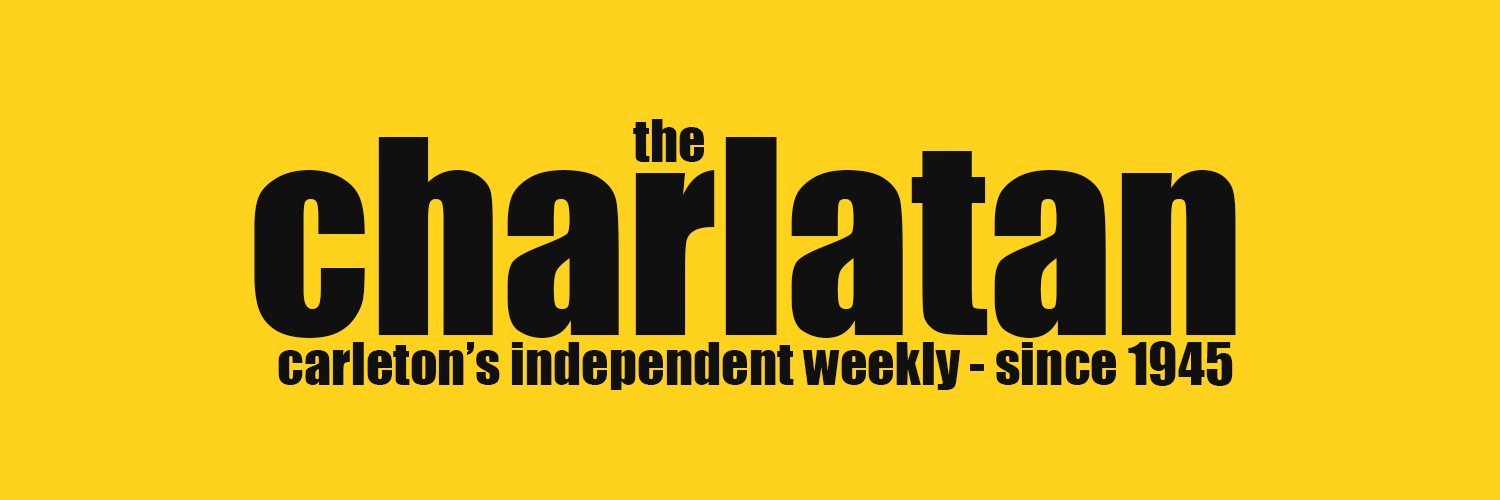Now, more than ever, modern day documentaries focus on the documentary maker. Like a journalist openly revealing their bias, the modern documentarian is not simply an objective documenter of truth, but a subjective human being. The audience doesn’t just want to see what the documentarian sees—they want to feel what they feel and understand why the filmmaker chose to focus on what they did. The camera becomes a lens to see things through the eyes of the documentarian, rather than only a lens to see things as they objectively are.
In the age of the vlog, some of the best documentaries examine the filmmakers just as much as their subjects. YouTuber Shane Dawson’s investigation into internet personality Tana Mongeau’s failed convention “TanaCon” is a journalist’s nightmare riddled with conflicts of interest. Yet, the documentary works, because Dawson’s personal investment makes the story that much more entertaining. In this way, documentaries like 14 & Muslim might be a dying breed. The audience is entirely focused on the teenage Muslim girls featured in the documentary, but are never given insight into the filmmaker’s growing relationships with these girls, and what her thought process was while making the documentary.
This is the right choice for the subject matter—filmmaker Wendy Rowland is not directly affect by the issues raised in the documentary, so her voice shouldn’t be prioritized. However, it marks the documentary as “old school”—where the artist is absent from the art. Some would call this trend narcissistic in an already “me” obsessed culture—but letting us peek into the journey of the documentarian might be better than claiming objectivity when none exists.






